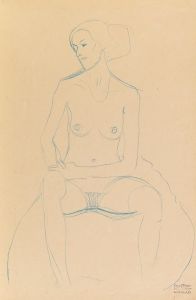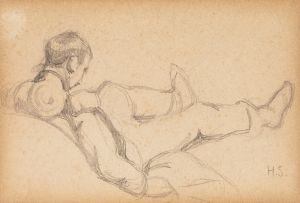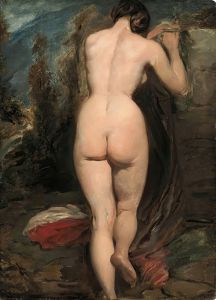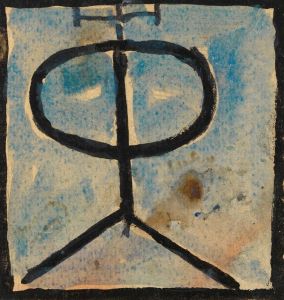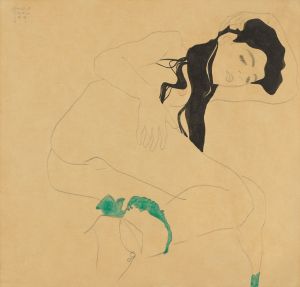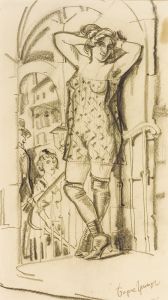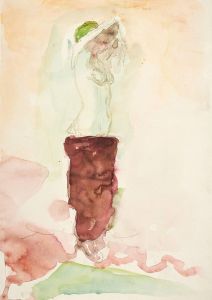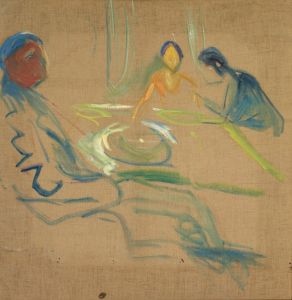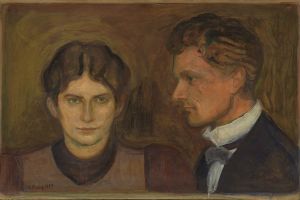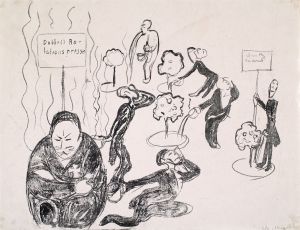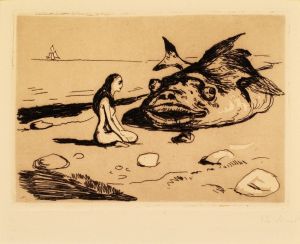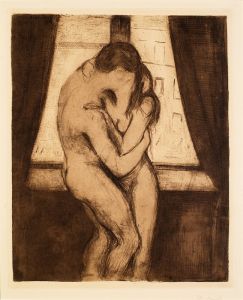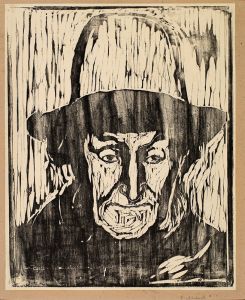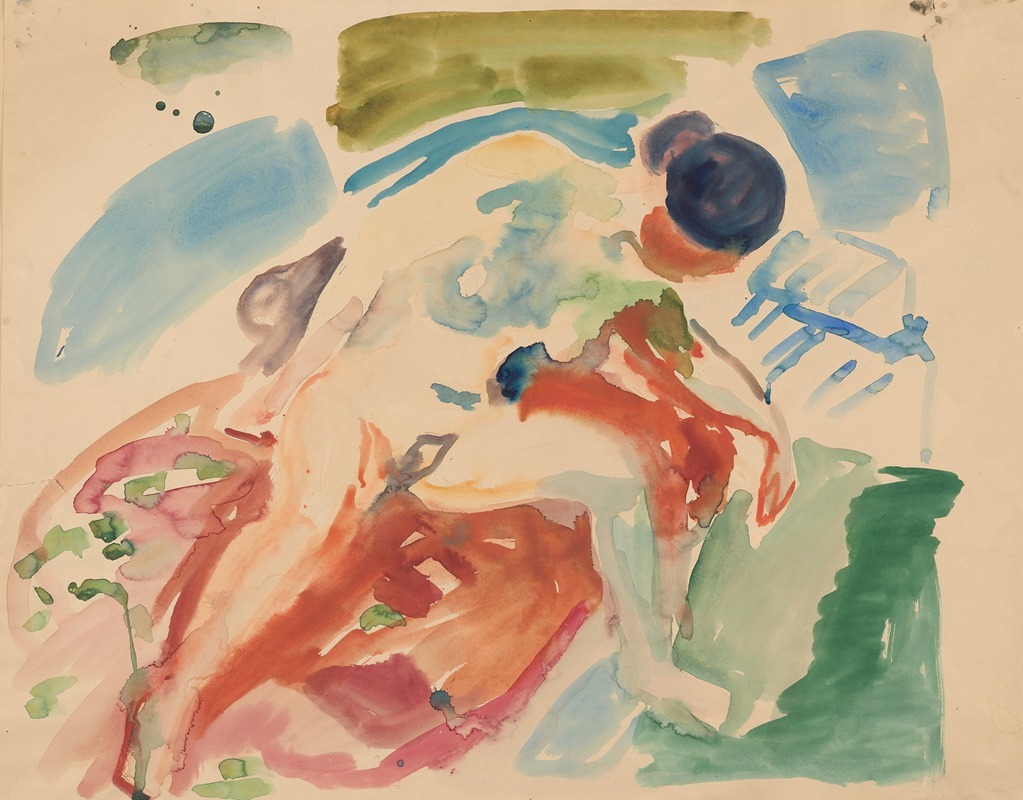
Female Nude
A hand-painted replica of Edvard Munch’s masterpiece Female Nude, meticulously crafted by professional artists to capture the true essence of the original. Each piece is created with museum-quality canvas and rare mineral pigments, carefully painted by experienced artists with delicate brushstrokes and rich, layered colors to perfectly recreate the texture of the original artwork. Unlike machine-printed reproductions, this hand-painted version brings the painting to life, infused with the artist’s emotions and skill in every stroke. Whether for personal collection or home decoration, it instantly elevates the artistic atmosphere of any space.
Edvard Munch, a Norwegian painter and printmaker, is renowned for his evocative and emotional works that often explore themes of existentialism and human psychology. One of his lesser-known works is "Female Nude," which, like many of his paintings, reflects his interest in the human form and psyche.
"Female Nude" is an artwork that exemplifies Munch's exploration of the human body, a subject he frequently revisited throughout his career. Munch's approach to the nude was often more about conveying emotional and psychological states rather than focusing solely on anatomical accuracy or idealized beauty. This painting is no exception, as it captures the vulnerability and introspection that are hallmarks of Munch's style.
Munch's nudes often reflect his complex relationships with women and his own inner turmoil. His works are characterized by a sense of raw emotion and a departure from traditional representations of the nude. Instead of idealizing the female form, Munch's portrayal is often imbued with a sense of realism and emotional depth. This approach can be seen as part of a broader movement in art during the late 19th and early 20th centuries, where artists began to challenge conventional norms and explore more personal and subjective themes.
The use of color and brushwork in "Female Nude" is typical of Munch's style, where he employs bold, expressive strokes and a vivid palette to convey mood and emotion. His technique often involves layering colors to create a sense of depth and movement, which adds to the emotional intensity of the work. This method allows the viewer to engage with the painting on a more visceral level, as the colors and forms seem to pulsate with life.
Munch's interest in the psychological aspects of his subjects can be traced back to his own life experiences, including his struggles with mental health and the influence of Symbolism and Expressionism. These movements emphasized the expression of inner experiences and emotions, often through symbolic and abstract forms. Munch's work, including "Female Nude," can be seen as a bridge between these movements and the emerging modernist trends of the early 20th century.
While "Female Nude" may not be as widely recognized as some of Munch's other works, such as "The Scream," it remains an important piece in understanding his artistic development and thematic concerns. The painting reflects Munch's ongoing exploration of the human condition, particularly the complexities of identity, sexuality, and emotion.
In summary, Edvard Munch's "Female Nude" is a testament to his ability to convey deep emotional and psychological states through the depiction of the human form. The painting's expressive use of color and form, combined with its introspective subject matter, exemplifies Munch's unique approach to art and his contribution to the broader movements of Symbolism and Expressionism.





